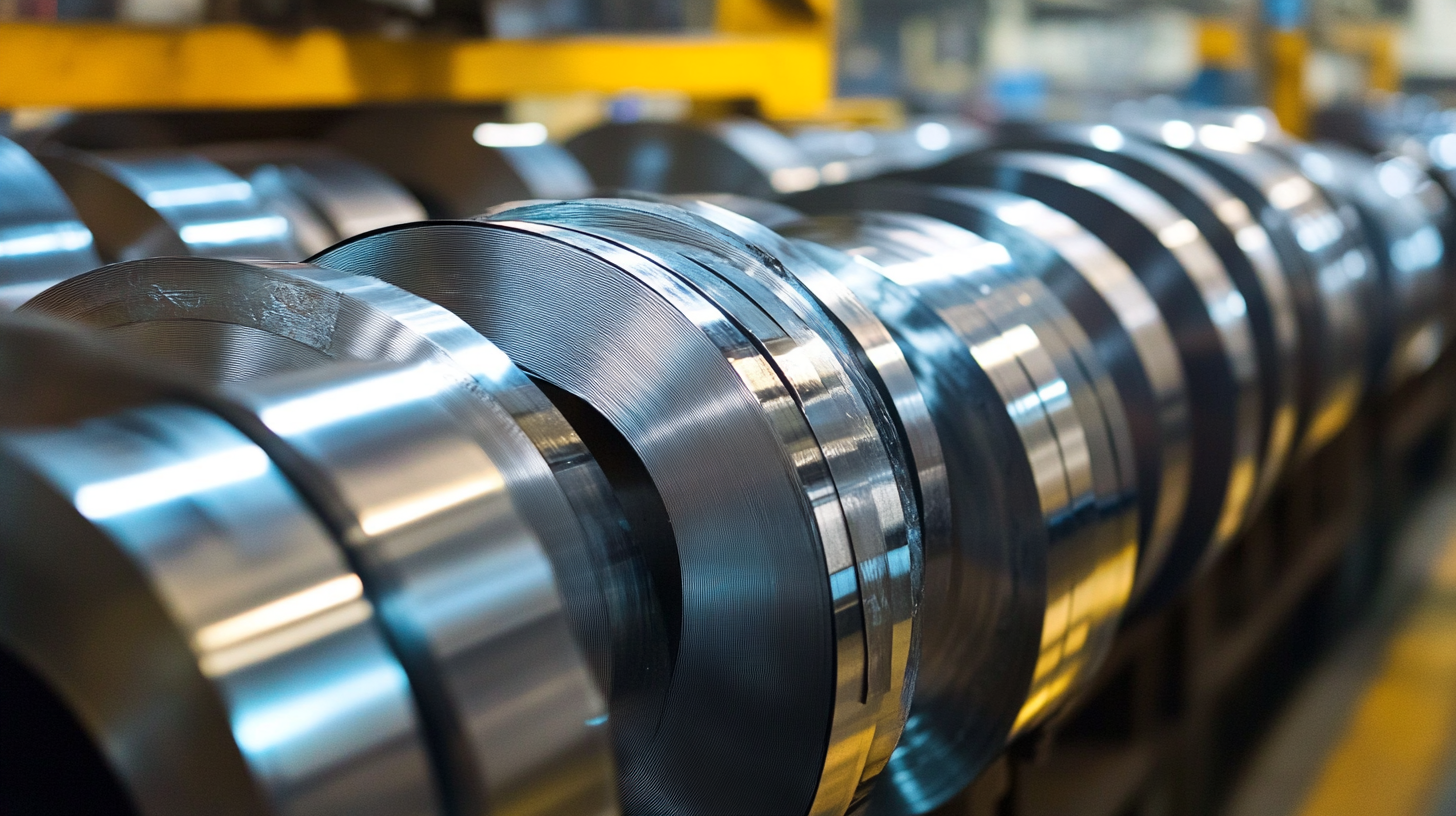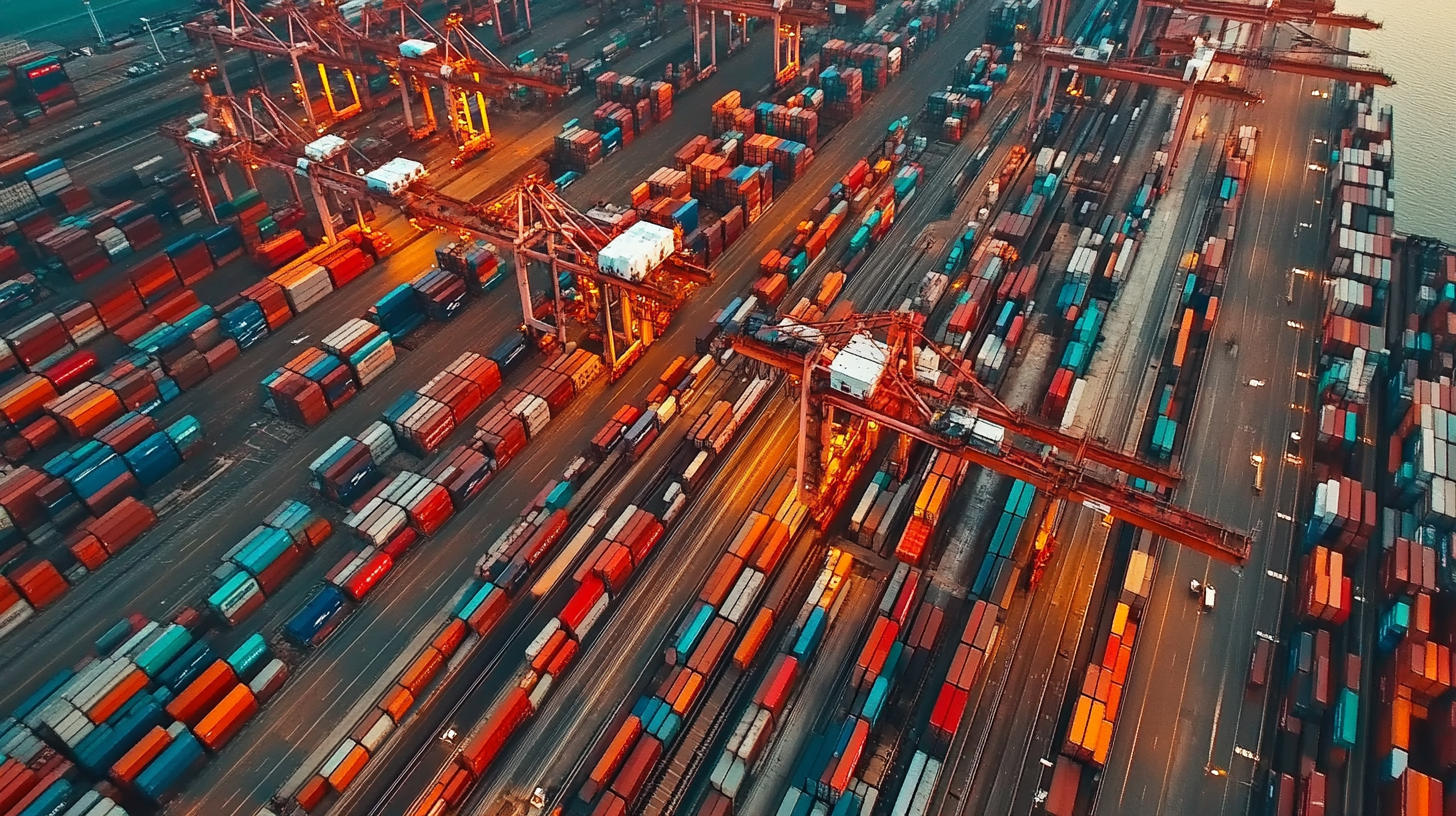The landscape of global manufacturing is undergoing a significant transformation, particularly in the realm of Steel Investment Casting. Despite the challenging backdrop of reciprocal tariffs imposed by the United States and China, Chinese manufacturers have demonstrated remarkable resilience and innovation, emerging as leaders in this specialized sector. This shift is not merely a reaction to external pressures but represents a strategic pivot towards enhancing production capabilities and meeting the growing demand for high-quality investment castings. As the U.S.-China trade tensions continue to evolve, the ability of Chinese manufacturers to adapt and thrive amidst such adversity underscores their commitment to advancing technology and quality in Steel Investment Casting. This blog will explore the factors contributing to this growth, the inherent challenges presented by international trade policies, and the future trajectory of Chinese manufacturing in this pivotal industry.

The ongoing US-China trade war has significantly altered the global steel investment casting landscape, prompting manufacturers to rethink their strategies. Tariffs imposed by the United States on Chinese goods have created a ripple effect, leading to increased production costs and a search for alternative supply chains. As a result, many companies are now investing more in domestic production or seeking suppliers from other regions, reshaping their business models to remain competitive.
Tip: To navigate these challenges effectively, businesses should diversify their supply chains by exploring partnerships with manufacturers in countries less affected by tariffs. This strategy not only mitigates risks associated with reliance on a single market but also opens doors to innovative practices and materials that can enhance product offerings.
Moreover, Chinese manufacturers are seizing this moment to solidify their presence in the global market. They are focusing on improving quality and reducing turnaround times to attract international clients wary of tariff implications. As competition intensifies, companies must leverage cutting-edge technologies and streamline processes to stay ahead.
Tip: Investing in advanced manufacturing technologies can significantly improve efficiency and reduce costs. Embracing automation and adopting smart manufacturing solutions will enable businesses to enhance productivity and better respond to changing market demands.
In the face of escalating US-China tariff challenges, Chinese manufacturers in the steel investment casting sector have adopted strategic approaches to maintain competitiveness and thrive in a turbulent market. A report from the International Trade Administration highlighted a 20% increase in domestic demand for steel investment castings within China, compelling manufacturers to pivot quickly to meet the emerging needs. This demand surge encourages greater investment in automation and efficiency, allowing factories to optimize production processes while reducing operational costs.
Moreover, Chinese companies have increasingly focused on agile procurement strategies. By diversifying their supplier base and investing in local materials, manufacturers mitigate risks associated with tariffs and supply chain disruptions. A recent study indicated that 65% of supply chain professionals noted a shift towards local sourcing as a means to enhance resilience and cost-effectiveness amid global trade uncertainties. This proactive stance not only positions Chinese manufacturers favorably against tariff pressures but also fosters a competitive edge as they expand their global footprint in an ever-evolving geopolitical landscape.
The steel investment casting industry in China has witnessed remarkable advancements in technology, significantly enhancing production efficiency. Reports from the China Foundry Association indicate that the implementation of advanced automation and digital technologies has led to a productivity increase of over 25% in recent years. Sophisticated techniques such as computer-aided design (CAD) and simulation software enable manufacturers to optimize mold designs, reducing lead times and minimizing material waste.
Moreover, the integration of artificial intelligence (AI) and machine learning in the manufacturing processes is revolutionizing quality control. According to a report by ResearchAndMarkets, the global smart manufacturing market is projected to reach $500 billion by 2025, and Chinese manufacturers are at the forefront of this transformation. AI-driven insights are helping to predict potential defects during the casting process, ensuring higher quality products and reducing rework costs. These innovations not only bolster China's position in the global market but also present an opportunity to overcome tariff challenges by reinforcing its competitive edge in quality and efficiency in steel casting production.
Amidst the challenges posed by US-China tariffs, the demand for Chinese steel investment casting products continues to rise, driven by key markets around the globe. As industries increasingly seek durable and cost-effective materials, China’s robust manufacturing capabilities position it favorably within the competitive landscape. The growing sectors, including automotive and construction, are particularly leaning towards Chinese steel products, owing to their superior quality and competitive pricing. These industries are essential in expanding the market for investment cast steel, where lightweight, strong materials are a priority.
Notably, the global metal casting market is projected to witness significant growth, potentially surpassing USD 179 billion by 2033. Alongside this, the stainless steel seamless pipes market is anticipated to reach USD 5.15 billion by 2030, highlighting the burgeoning need for high-performance materials. This increasing trend underscores China's role as a vital player and innovator in advanced manufacturing sectors. As manufacturers expand their reach, the interplay between rising demand and ongoing tariff negotiations will play a critical role in shaping the future landscape of the steel investment casting market.

The evolution of Chinese manufacturing in the steel investment casting sector has been a remarkable journey, particularly in the face of US-China tariff challenges. As the industry adapts to a landscape marked by trade tensions, manufacturers in China have leveraged this adversity into an opportunity to innovate and optimize their processes. By investing in advanced technologies and enhancing production capabilities, they are not only improving the quality of their steel products but also reducing costs, allowing them to maintain a competitive edge in the global market.
Looking ahead, the future prospects for Chinese manufacturing in this sector appear promising. The growing demand for high-quality steel castings, driven by expansion in industries such as automotive and aerospace, offers significant growth potential. Furthermore, China's commitment to sustainability and cleaner production methods is likely to drive investments in green technologies, which will play a crucial role in meeting both domestic and international market requirements. As the global landscape continues to shift, Chinese manufacturers are poised to adapt and thrive, potentially becoming leaders in the global steel investment casting arena.





